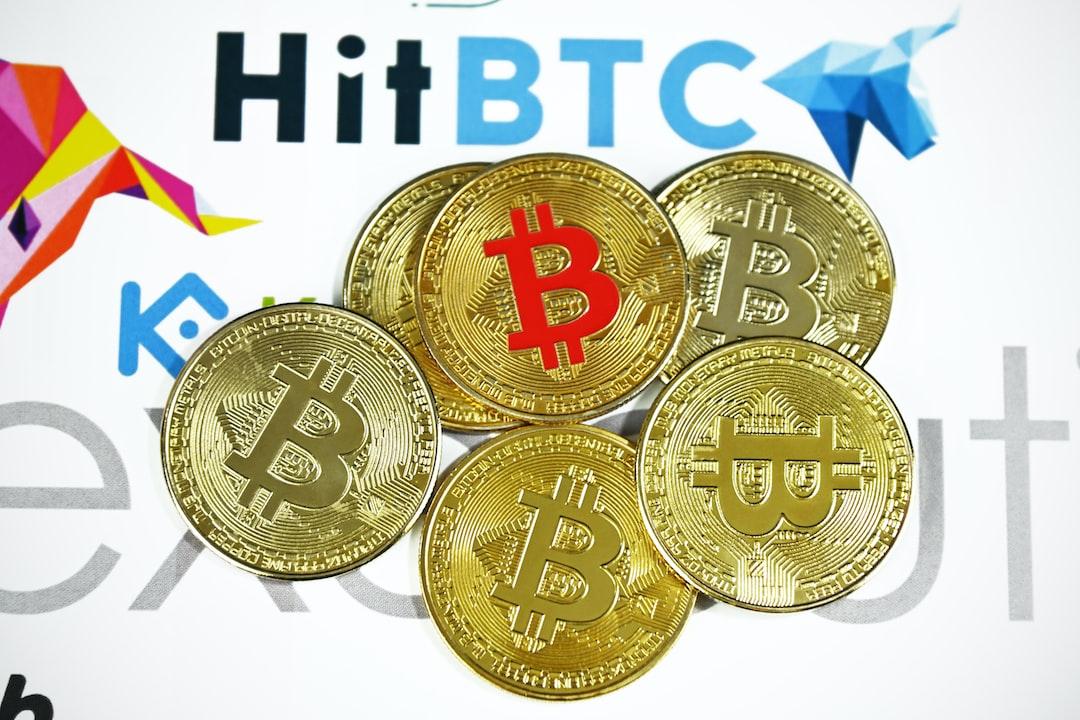Although the cryptocurrency market seems dull and is dominated by overall economic factors, there is still a group of emerging, worth-trying, tokenless protocols. This article will list nine protocols that allow participation in yield farming. This article is based on the work of author Ignas and has been translated, organized, and written by PANews.
(Background: Analysis: What type of on-chain player are you? Airdrops, DeFi, or trading – which suits you?)
Although the cryptocurrency market seems dull and is dominated by overall economic factors, there is still a group of emerging, worth-trying, tokenless protocols. This article will list nine protocols that allow participation in yield farming. It is worth noting that trading on DEXs usually comes with higher risks and participation thresholds; users are advised to invest cautiously.
Ostium
The perpetual contract trading market is highly competitive, with leaders constantly changing: dydx → GMX → Hyperliquid. However, Ostium is a unique protocol. It introduces leveraged trading of standard assets like the S&P 500, Dow Jones, Nikkei, gold, copper, and many other TradFi assets on-chain.
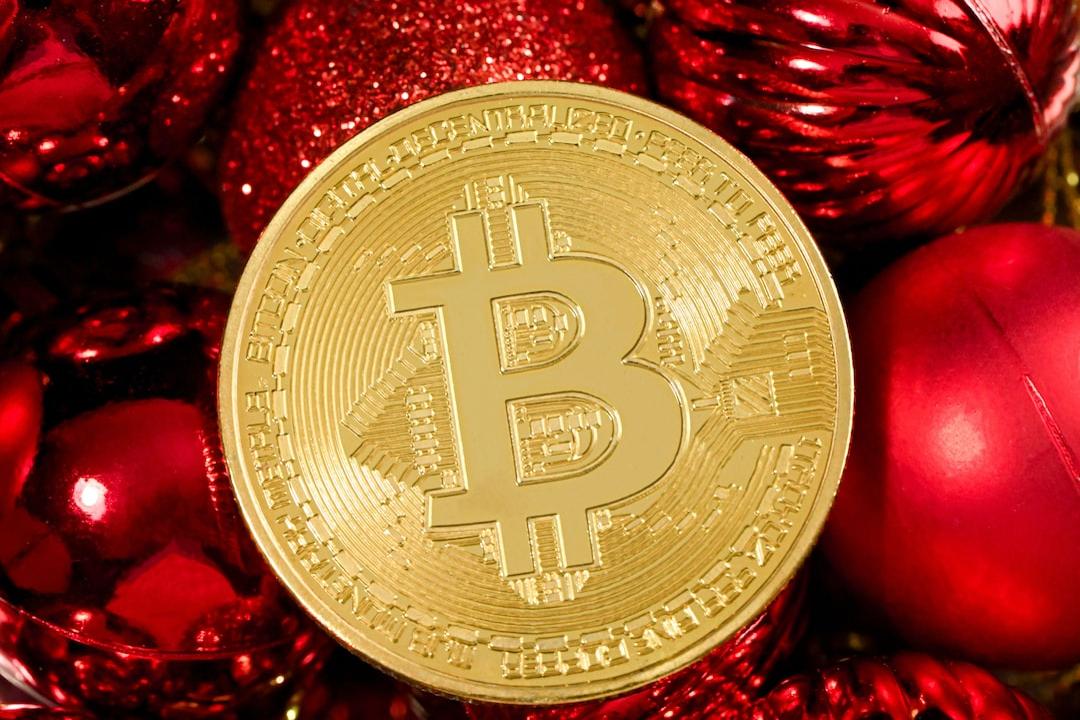
Ostium is built on Arbitrum. These “risk assets” (RWA) have no actual backing, but Ostium provides synthetic on-chain price positions through oracle price information. Although Ostium is not the first protocol in this space, it has shown good momentum:
- The total TVL of the Ostium Liquidity Pool (OLP) reached $46 million, serving a function similar to HLP on Hyperliquid, generating trading and liquidation fees.
- Daily active users: 845, weekly active users: 2,225.
- Total trading volume: $2.1 billion.
Since March 31, Ostium has provided points for traders and OLP depositors. On-chain RWA trading, even in synthetic assets, holds significant potential for many cryptocurrency-native users, allowing them to avoid cashing out stablecoins to traditional finance platforms. This may be a good airdrop opportunity for early users.
Axiom
You may have heard of trading platforms like Photon, BullX, GMGN, BonkBot, and others based on Solana. However, these are products of 2024. Backed by Y Combinator, Axiom launched in February and currently dominates the category (with a total share of 44%, shown in the dark blue part of the dashboard below).

Interestingly, Axiom’s official X account and co-founders are very low-key, rarely posting. It seems marketing is done through word of mouth. Furthermore, Axiom’s ultimate goal is to trade any asset on any chain, including perpetual contracts (through Hyperliquid’s instant trading), yield protocols, and wallet tracking.
As speculative trading on the Solana network resurges, Axiom can benefit. The points activity is currently open, allowing participation through trading, tasks, and referrals.
Fragmetric
If you missed Solayer, Fragmetric might be your second chance (as LAYER is actually rising after the airdrop). There are two messages about Fragmetric:
- Bad news: The launch was not too early, as the deposit service opened in October 2024.
- Good news: It is still not too late; the token has not yet launched, and points are still being counted. It is a simple “deposit to mine” model.
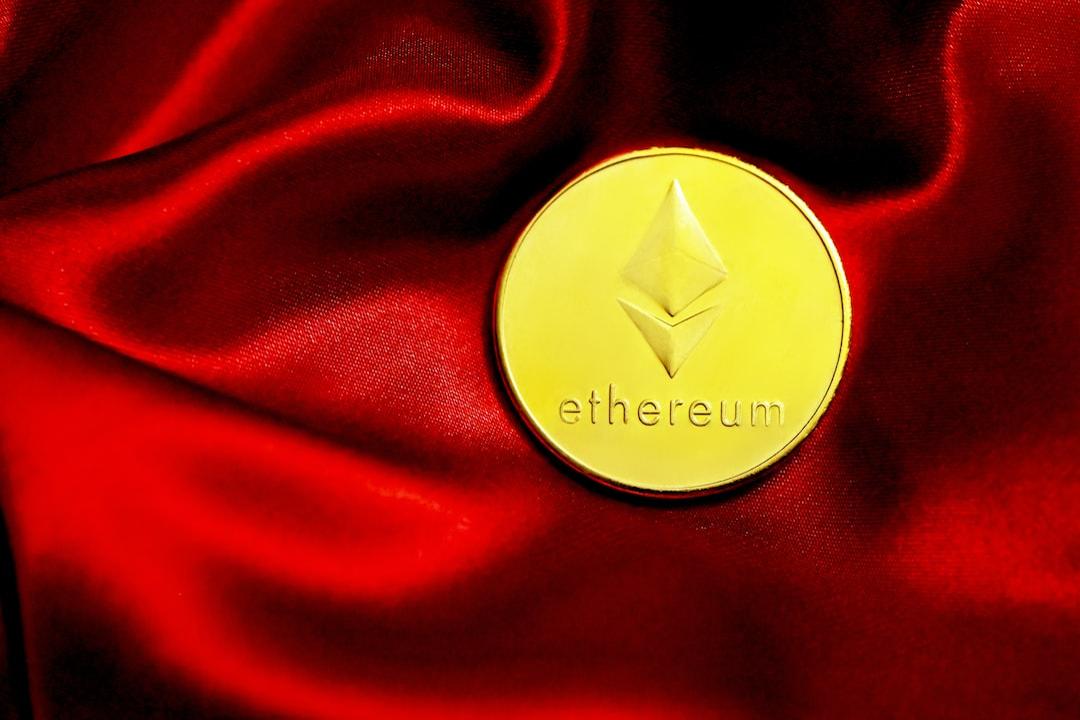
In summary, Fragmetric is a liquidity re-staking protocol built on Solana. When you deposit SOL or LST into Fragmetric, you will receive LRT similar to fragSOL or fragJTO. Re-stakers will become SANG (SolanA Network Guard), a guardian community protecting the Solana ecosystem. Additionally, you can earn extra rewards by guarding NCN/AVS (new decentralized services).
If you have idle SOL and want to diversify risks from Kamino, Marginfi, and Solayer, this is a very simple strategy. The TVL has reached $125 million, so it is not too late.
F points are Fragmetric’s loyalty system, which users can earn simply by holding LRT. You can also earn more points by wrapping LRT (e.g., wfragSOL for DeFi).
Fragmetric has raised $12 million, with the latest round of $5 million financed by RockawayX, Robot Ventures, Amber group, and BitGo. In short: Fragmetric is a very straightforward SOL farm.
Loopscale
Now, Loopscale allows you to earn more yields through newly acquired fragSOL. More details will follow. Loopscale brings modular, order-based lending innovations to Solana DeFi.

This is different from the liquidity pool model used by Kamino, Marginfi, and even Aave: Loopscale stated in its official documentation, “By replacing liquidity pools and algorithmic interest rates with direct order book matching, Loopscale enhances capital efficiency, achieves more precise risk management, and supports new types of markets that traditional DeFi architectures find challenging to realize.”
Users can lend/borrow, loop (one-click leverage like Kamino), or join a vault.
Since Loopscale ended its internal testing five days ago, it has launched Genesis Vaults, offering over six times the points before reaching its cap.

A simple strategy is JUPSOL looping, yielding an annualized return of over 22% (similar to Kamino multiply). You can earn double points. Furthermore, officials stated that short-term LST/LRT decoupling will not liquidate users’ loops, “but staking returns below borrowing costs or poor validator performance may lead to liquidation.”
If users are more degen and want to achieve an annualized return of 32% on SOL, there is another vault to store fragSOL:
- Deposit SOL into Fragmetric.
- Obtain PT-fragSOL on Exponent (Pendle for Solana).
- Loop PT-fragSOL on Loopscale, earning an annualized return of 32%.
The current TVL is about $40 million, so it is still in the early stages. Loopscale’s supporters include CoinFund, Solana Ventures, Coinbase Ventures, Jump, and Room40.
Upshift
Do you feel that DeFi is becoming increasingly complex, and finding high-risk yield opportunities is becoming more time-consuming? At Upshift, you can deposit cryptocurrencies into vaults managed by “senior hedge funds” and investment managers. Yield strategies range from looping to more complex products, including Delta-neutral hedging, OTC options, or systematic stablecoin DEX market making.
Upshift has four core products:
- Lending: Providing on-chain over-collateralized loans to verified institutions.
- DeFi yields: Vaults carefully selected by top DeFi funds.
- Vault-as-a-service: Plug-and-play protocol vaults.
- Synergy: Borrowing against vaults to enhance yield and capital efficiency.

At the time of writing, the total TVL reached $236 million, showing decent performance. Additionally, it will offer five times the points until deposits reach $750 million. Personally, I prefer the Hyperbeat Ultra HYPE strategy, which can manage yields from HYPE tokens in the HyperEVM ecosystem.
This project is backed by Dragonfly VC, Hack VC, 6MV, and Robot Ventures.
Level
If you hold any stablecoins, take note: Level is a stablecoin protocol issuing lvlUSD. lvlUSD itself is also a stablecoin, backed by USDC and USDT, generating yields through high-quality lending protocols. You deposit USDC → store USDC on platforms like Aave/Morpho → you will receive lvlUSD, usable in other DeFi platforms.
Simply stake lvlUSD as value-added slvlUSD to earn an annualized yield of 8.48%.

However, to earn XP points, you need to use lvlUSD for mining in DeFi protocols: deposit lvlUSD into Curve, Spectra, or Pendle (currently PT yield is 13%), etc. At the time of writing, the TVL is $138.26 million, showing decent performance. Level’s social account on X is also growing, which is a good sign for token appreciation.
This project is supported by Dragonfly VC and Polychain. Level is not the first protocol attempting this strategy; many have failed to achieve PMF. However, given the good yields and upcoming airdrops, this could be a promising opportunity.
Huma
Stablecoins and RWAs are the hottest topics, but users find it difficult to access them. Perhaps one can wait for Circle’s IPO, but don’t expect to make 10 times in a day. Payment financing (PayFi) network Huma recently raised $38 million from Hashkey Capital, Folius Ventures, Stellar, and others.
Previously, Huma merged with Arf, a Circle-backed protocol providing liquidity and settlement services for cross-border payments.
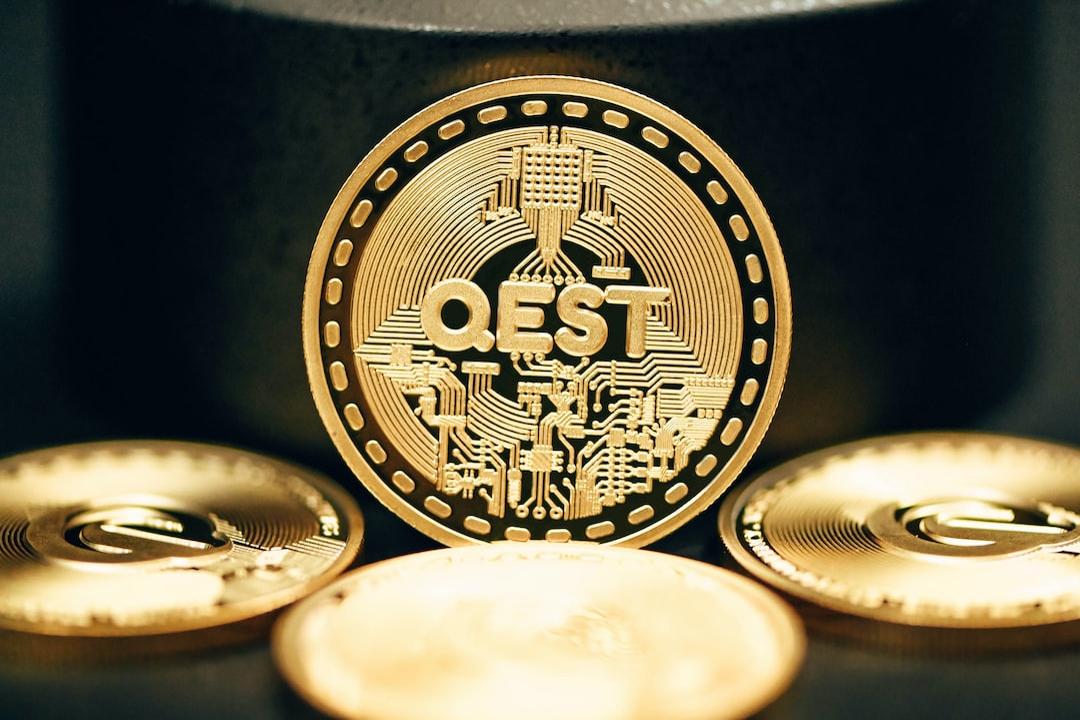
What sets Huma apart is:
- Traditional cross-border payments take days, with high fees and banks capturing most of the profits. Huma addresses this issue by using blockchain and stablecoins (USDC), enabling instant, global, and low-cost fund transfers.
- Huma accelerates real-world payments using stablecoins and on-chain liquidity. Financial institutions can settle large amounts globally, replacing the need for outdated systems like SWIFT or pre-financing mechanisms.
There are two profit models:
- Classic model: stable monthly yield + Feathers (points). Current yield exceeds 10%.
- Maxi model: 0% annual interest, but users can earn five times the Feathers if they are optimistic about Huma’s future governance token $HUMA.
Users can now deposit USDC → earn $PST (PayFi strategy token), which is a yield token usable in Solana DeFi (can be exchanged on Jupiter, collateralized for loans on Kamino). Even locked positions can exit early through PST liquidity pools.
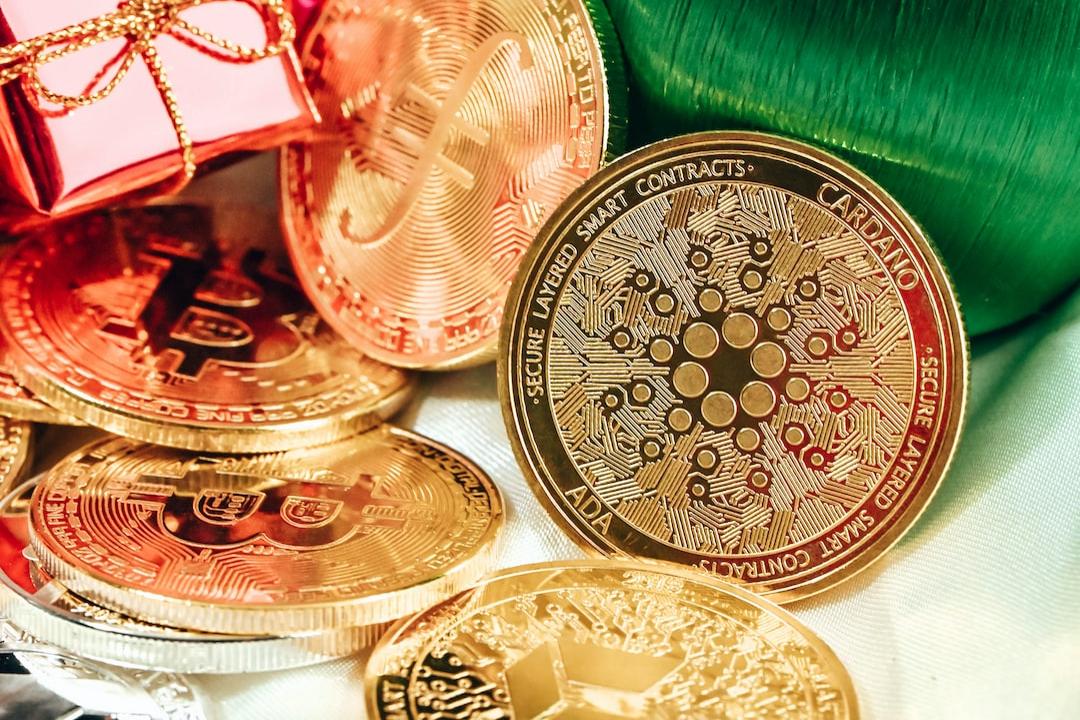
As of now, Huma:
- USDC annual interest rate is 10.5%.
- PayFi trading volume reached $74.7 million, and it can earn yields.
- Has $7.2 million in liquid assets (stablecoins) for emergencies, not earning yields.
- TVL reached $81 million.
DeFi App
You may frequently see DeFi App’s promotions on X, but the quantity and manner of their advertisements may be somewhat off-putting. It always raises more vigilance and instills a strange intuition. However, there are reasons to be optimistic:
- The third-ranked DEX aggregator has a daily trading volume of $229 million and a weekly trading volume of $991 million.
- Raised $6 million at a $100 million valuation from venture capital firms including Mechanism Capital, Selini Capital, North Rock Digital, and about 50 angel investors.
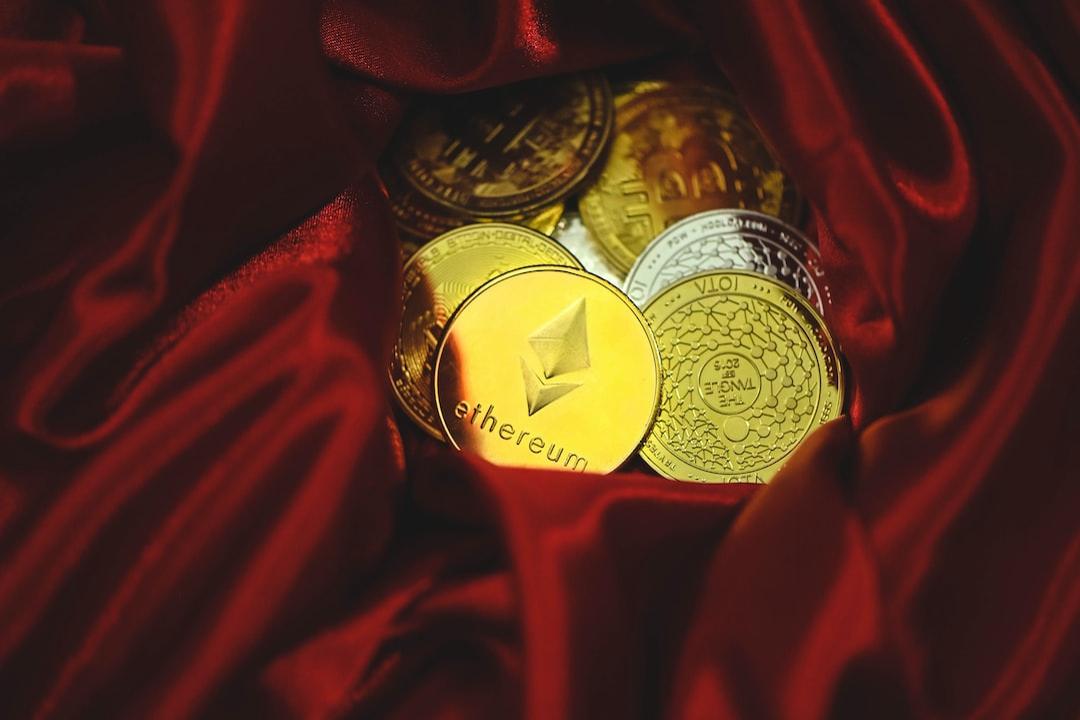
DeFi App is a super application that integrates all functions, making DeFi simple. From the beta version, the cross-chain exchange function is outstanding. No annoying gas fees, supporting Solana and EVM chains. Future features will include yield farming, perpetual contract trading, and more.
The token HOME has not yet launched, and users can earn yields through simple token exchanges. Additionally, users can earn points by exchanging tokens and joining the Degen Arena.

Top 50 camps can earn extra rewards and experience new features of DeFi App early. Why join a camp? In the first season of the Degen Arena, the allocation ratio for $HOME is higher:
- 60% of the first season experience points will enter the camp experience pool.
- 40% of the season rewards will enter the camp reward pool.
Slingshot
If there is a mobile application that can exchange all tokens cross-chain, it might be Slingshot. Before trying, you need to understand the following points:
- Creating an account is very simple, just like a Web2 application.
- Magic Eden recently acquired Slingshot, reducing the likelihood of a Slingshot token airdrop.
- Users will soon be able to exchange Bitcoin Rune tokens.
Therefore, if you primarily trade cryptocurrencies on mobile devices, Slingshot is an application you can’t miss.
